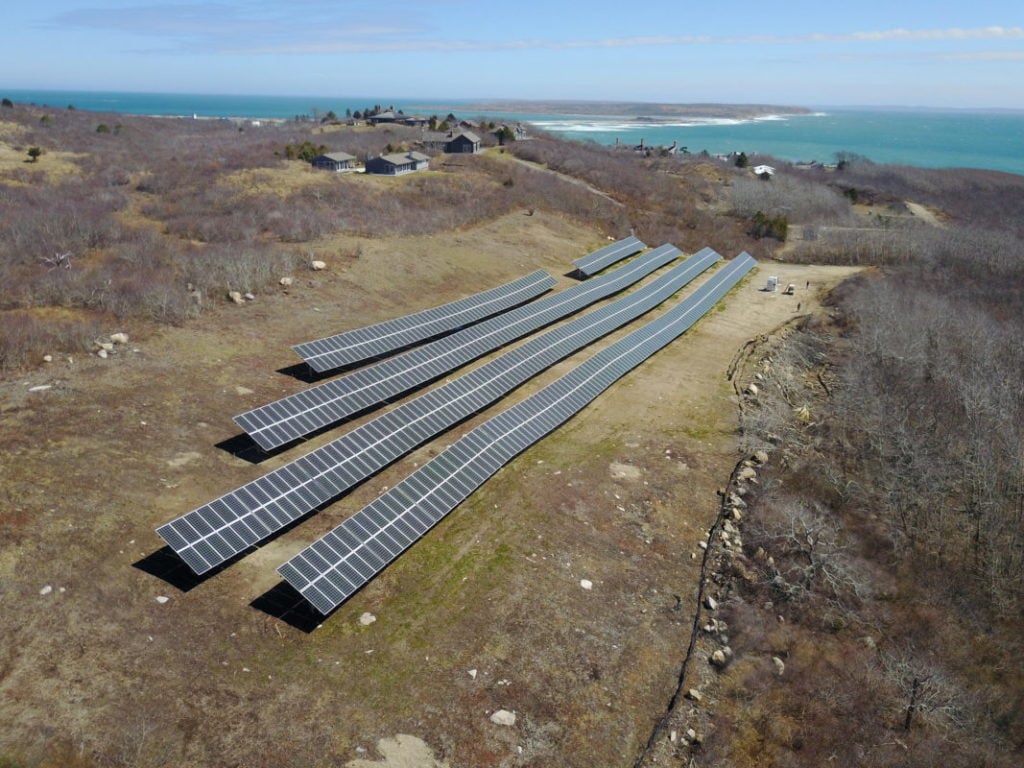
The US Department of Energy (DOE) announced a new tax incentive last week (19th October) for solar and wind projects in low-income and “underserved” communities, as well as Tribal lands.
The Low-Income Communities Bonus Credit Program provides eligible solar and wind projects of less than 5MWac a 10 or 20 percentage point bonus on top of the Investment Tax Credit (ITC) under the Inflation Reduction Act (IRA). A total 1.8GW of eligible capacity is permitted to receive the credits each year.
Try Premium for just $1
- Full premium access for the first month at only $1
- Converts to an annual rate after 30 days unless cancelled
- Cancel anytime during the trial period
Premium Benefits
- Expert industry analysis and interviews
- Digital access to PV Tech Power journal
- Exclusive event discounts
Or get the full Premium subscription right away
Or continue reading this article for free
The ITC already affords developers and residential installers a base-level 30% credit on a project, with additional adders for deployments in traditionally coal-generating communities and domestic content.
Secretary of energy Jennifer M. Granholm said: “When combined with other incentives, wind and solar projects in low-income communities could receive as much as a 70% credit.”
She continued: “The Low-Income Communities Bonus Credit program will help community-based projects deliver direct benefits to families, making solar and wind energy more affordable and more accessible — revitalising communities and exemplifying our whole-of-government effort to support low-income and Tribal communities in their energy transition efforts.”
The DOE will administer the new adder on behalf of the Internal Revenue Service and Treasury, with initial applications for 2023 open for 30 days, after which 2023 applications will be considered on a rolling basis. The measure is presented under the Biden-Harris administration’s Investing In America agenda.
Amongst the wealth of routes that the IRA is taking to accelerate renewables deployments across the US, Brownfield coal sites and Community solar deployments – two areas particularly ripe for widening access to low-income communities – have been identified as particularly promising. Capacity for the latter is expected to double in the next five years, as discussed by PV Tech Premium this month, and the former represents a large opportunity across traditionally coal-producing areas like the Appalachians.






